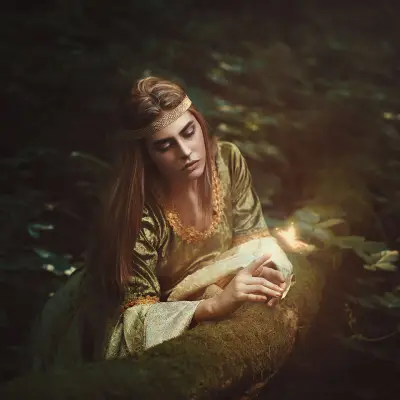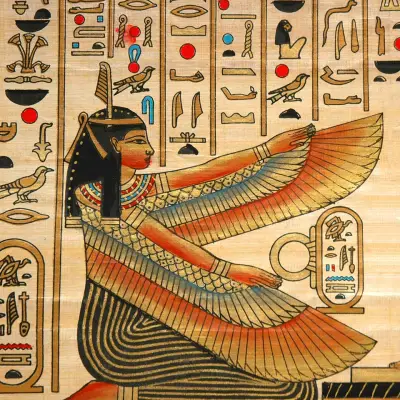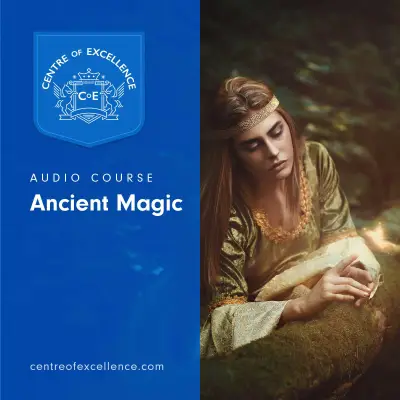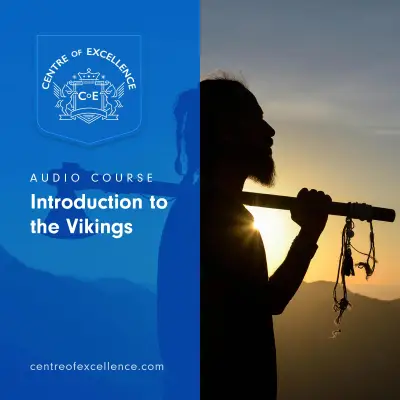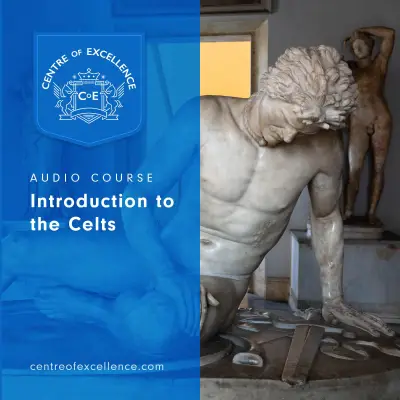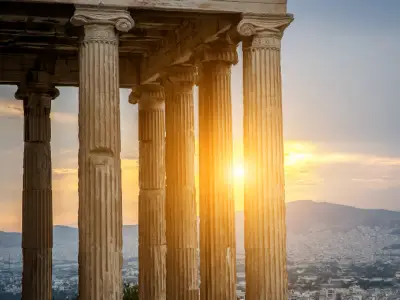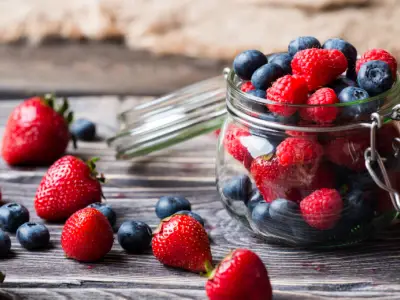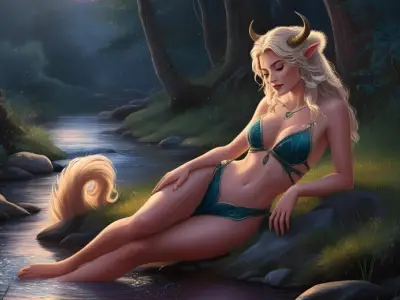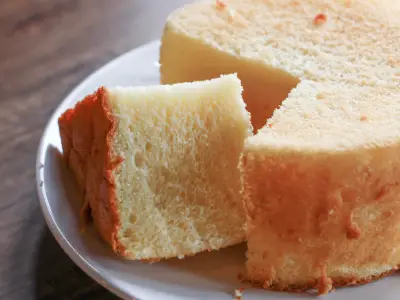Have you ever felt drawn to the swirling lines of a Celtic knot or the mysterious power of a Druid symbol? Many people seek out these ancient images for personal meaning, connection to heritage, or spiritual guidance. Whether you're exploring ideas for a tattoo, interested in Celtic history, or curious about Druid symbolism, you're likely wondering what these intriguing symbols actually mean.
Celtic symbols go far beyond decoration. They often carry layers of spiritual, mythological, and emotional meaning. Some represent protection, others love or strength, while some are rooted in the elements of earth, water, air, and fire. In this guide, you'll discover some of the most iconic Celtic images and meanings, alongside the spiritual significance found in Druidism.
Jump to:
- Are Celtic Designs Irish or Scottish?
- The Triskelion: A Powerful Celtic Symbol of Motion and Energy
- The Awen: Inspiration and Harmony in Druid Symbols
- The Celtic Knot: Eternal Love and Unity
- The Celtic Cross: Bridging Heaven and Earth
- Cernunnos: The Horned God of Nature and Abundance
- The Dara Knot: Strength from Roots
- Triquetra: The Trinity Knot
- The Claddagh: A Symbol of Family and Community
- The Spiral: Symbol of Death and Rebirth
- The Four Classical Elements: Earth, Air, Fire, and Water
- The Shield Knot: Celtic Symbol of Protection
- The Tree of Life: Connection Between Worlds
- The Stag: Messenger of the Otherworld
- The Boar: Symbol of Bravery and Protection
- The Salmon: Wisdom and Knowledge
- The Horse: Sovereignty and Power
- The Swan: Beauty, Love, and Transformation
- The Raven: Prophecy and Mystery
- The Goose: Celtic Bird of Good Luck and Loyalty
- The Celtic Harp: Music, Emotion, and the Divine
- Study Celtic Mythology for £29
Recommended for you!
Best SellersAre Celtic Designs Irish or Scottish?
Celtic designs are shared across Ireland, Scotland, Wales, and other parts of the ancient Celtic world. While some symbols have stronger roots in certain regions, most are part of a broader Celtic heritage that spans many lands.
1. The Triskelion: A Powerful Celtic Symbol of Motion and Energy

Also known as the Triskeles symbol, the Triskelion features three spirals emanating from a central point. This ancient design appears on prehistoric stones and later in Celtic art. The Triskelion symbol has many interpretations, but it's often linked to life’s cycles: birth, death, and rebirth.
Some believe the Triskelion's meaning also ties to the mind, body, and spirit working in harmony. In Druidism, it can also represent the three realms: land, sea, and sky. Its spiralling shape implies constant motion and transformation—a reminder that change is both natural and necessary.
This is one of the most powerful and enduring Celtic signs, often associated with personal growth and balance.
2. The Awen: Inspiration and Harmony in Druid Symbols
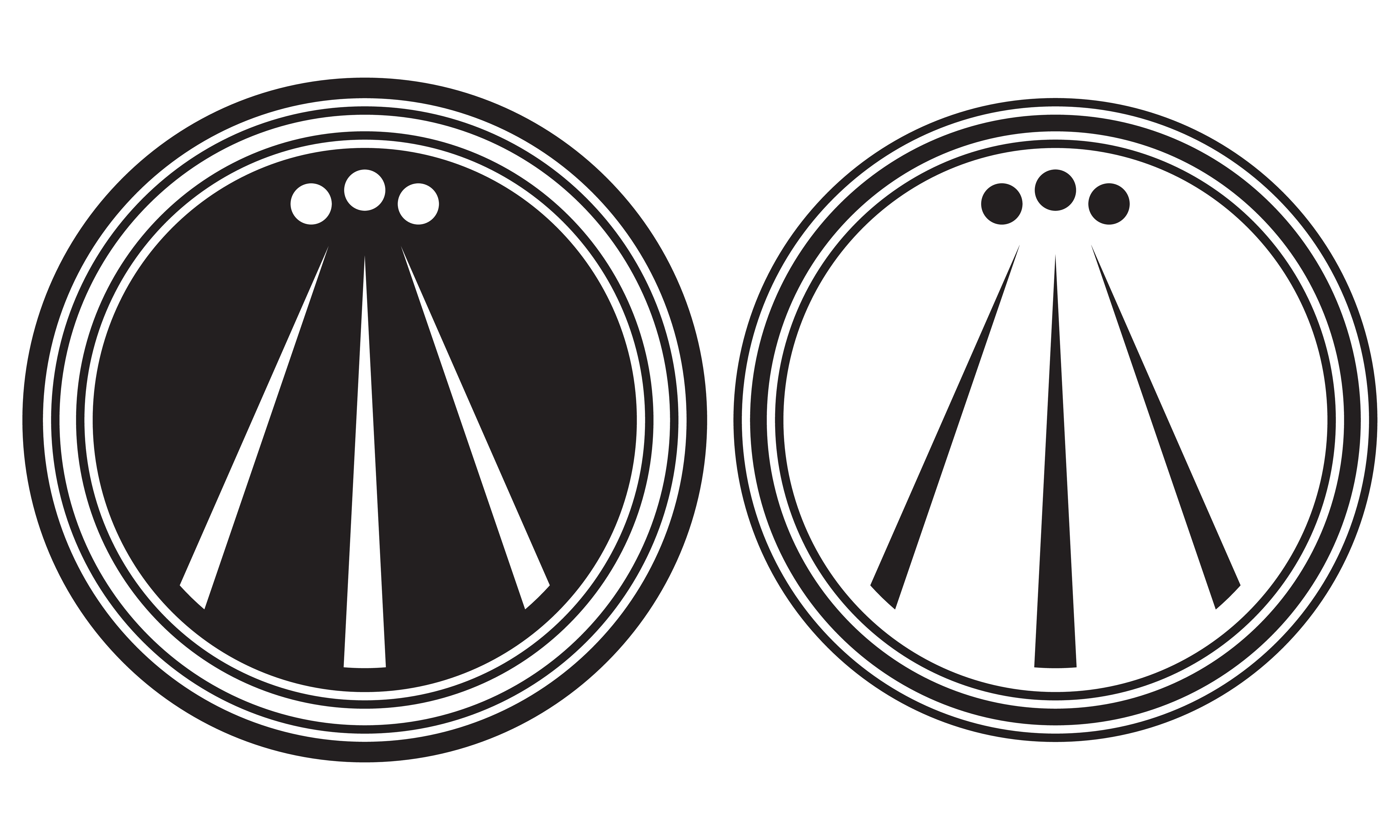
The Awen symbol consists of three rays of light, often enclosed in a circle. It’s a popular Druidism symbol and represents inspiration, balance, and the harmony of opposites.
The three rays are said to signify many triads—truth, knowledge, and love, or body, mind, and spirit. It reminds us of the importance of spiritual inspiration and the beauty of balance in our lives.
3. The Celtic Knot: Eternal Love and Unity
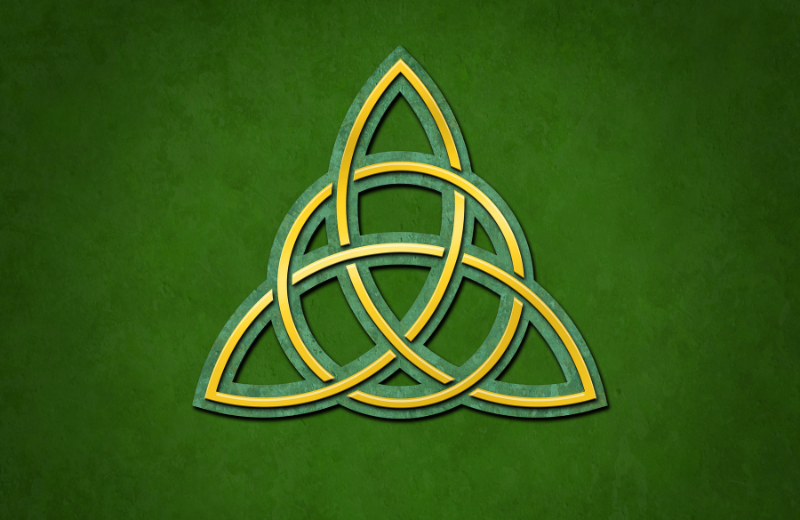
Perhaps the most recognisable of all Celtic designs, the Celtic Knot has no beginning and no end. It’s often associated with eternal life, the continuity of love, and the interconnectedness of all things.
When shaped into a heart or figure-eight form, it becomes the Celtic knot of love, a popular design in rings and tattoos. This makes it a fitting symbol for love, representing enduring affection and unbreakable bonds.
The meanings found in knotwork often reflect the cycles of nature and human connection—there's something comforting in its symmetry and flow.
4. The Celtic Cross: Bridging Heaven and Earth
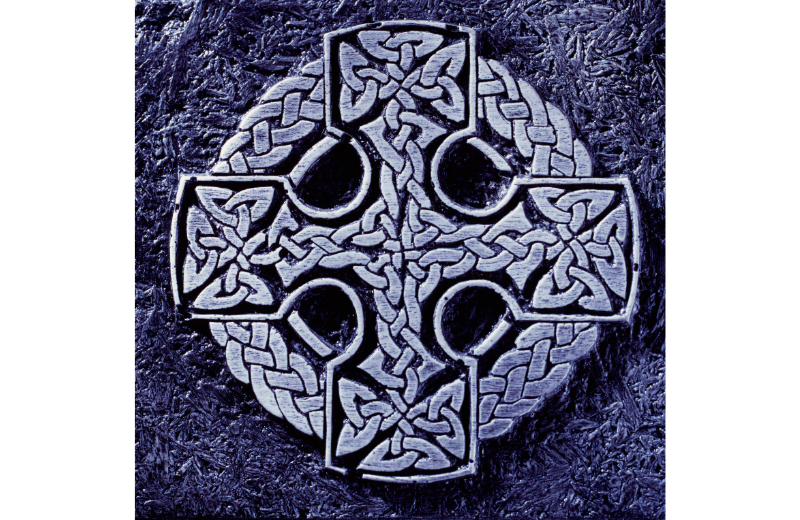
The Celtic Cross symbol combines a Christian cross with a circular ring, often said to represent the sun or the circle of life. Before its Christian association, this symbol may have been linked to the four directions or the balance of spiritual and earthly realms.
Today, it serves as both a spiritual marker and a cultural emblem. It's one of the most well-known Irish Celtic symbols, found on gravestones and monuments throughout Ireland and Scotland.
For many, it symbolises faith, protection, and unity, making it a deeply meaningful Celtic emblem.
5. Cernunnos: The Horned God of Nature and Abundance
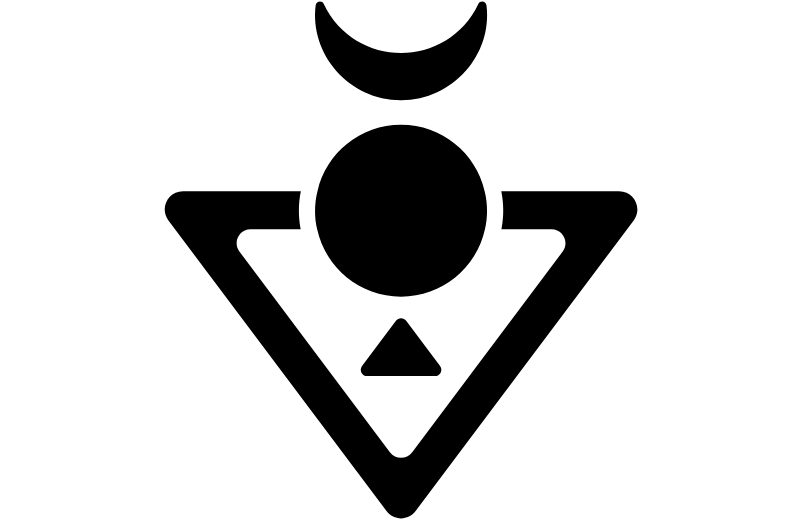
In Druid symbolism, one of the most intriguing figures is Cernunnos, often depicted with antlers or horns. Known as the Horned God, he represents nature, fertility, and the cycle of life.
His image is found in ancient carvings, surrounded by animals or seated cross-legged. In modern spirituality, he symbolises the wild, untamed forces of nature and our connection to the natural world.
Cernunnos' symbols remind us of our animal instincts and the need for balance between human civilisation and the earth’s primal forces.
6. The Dara Knot: Strength from Roots

The Celtic strength symbol known as the Dara Knot comes from the Irish word "Doire", meaning oak tree. It’s inspired by the tree’s roots and its deep connection to the earth. Oaks were sacred to the Celts and Druids, symbolising inner strength, endurance, and wisdom.
This is a popular choice for those looking for a symbol of strength and courage, especially in tattoo art. It’s also one of the more meaningful Celtic tattoos due to its message of resilience and grounding.
7. Triquetra: The Trinity Knot
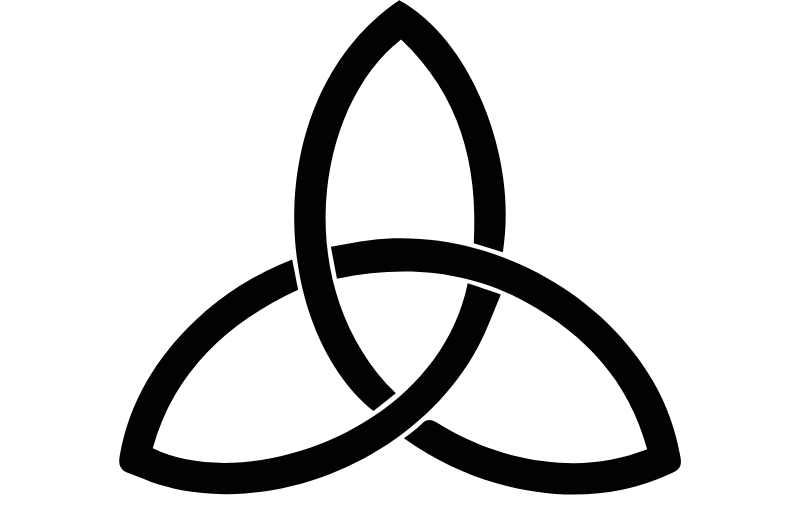
The Triquetra, or Trinity Knot, is another powerful Celtic sign of strength and spiritual unity. With three interlocking loops, it symbolises many triads in Celtic belief—life, death, and rebirth; or past, present, and future.
While it was later adopted by Christian tradition to represent the Holy Trinity, the symbol existed long before then and held deep spiritual significance for the Celts. It's one of the most popular Celtic symbols in jewellery, art, and tattoos.
8. The Claddagh: A Symbol of Family and Community
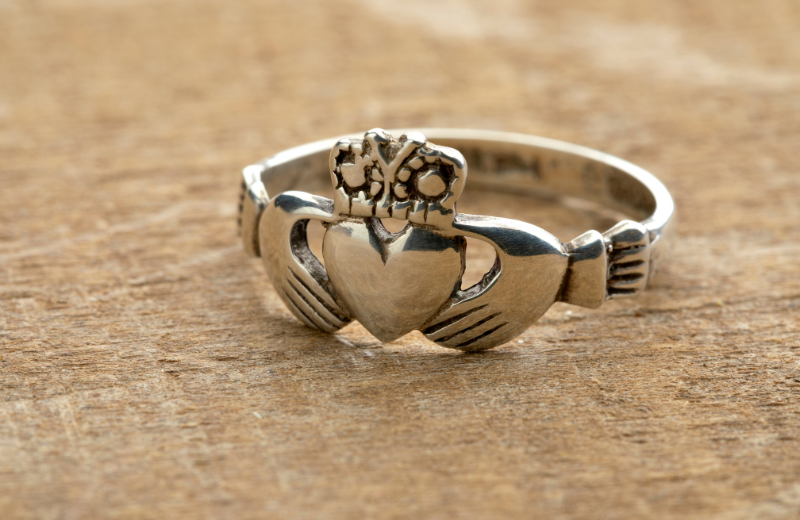
The Claddagh is one of the most heartfelt symbols to come out of Irish tradition. Although it’s best known today as a symbol of romantic love, it also represents friendship, loyalty, and connection, making it a strong Celtic symbol for family and community.
The design features two hands holding a heart topped with a crown. Each element has meaning: the hands represent friendship, the heart signifies love, and the crown stands for loyalty. It’s often used to symbolise deep family bonds, shared heritage, and multi-generational unity. People wear it to honour their roots, especially within Irish and Celtic families, and to celebrate the idea that we’re all part of something larger than ourselves.
9. The Spiral: Symbol of Death and Rebirth

Among the oldest ancient Celtic symbols, the spiral holds deep spiritual significance. Found carved into stone monuments such as Newgrange in Ireland, it reflects the Celts’ view of life as an ever-flowing cycle. Rather than seeing death as a final end, the Celts believed in a continual journey of transformation.
The spiral motif represents the soul’s passage through birth, life, death, and rebirth. It’s often referred to as a Celtic symbol of death and rebirth, not in a grim sense, but to offer comfort and perspective. It reminds us that every ending leads to a new beginning, and that life’s rhythms are part of a greater universal flow.
10. The Four Classical Elements: Earth, Air, Fire, and Water

In both Celtic and Druidic belief systems, the four classical elements—earth, air, fire, and water—were revered not only as physical substances but also as spiritual forces.
These elements appear frequently in Druidism symbols, serving as a reminder of our connection to nature and the balance we must maintain with the world around us. Each element has its own qualities: earth represents stability and grounding; air symbolises thought and communication; fire is linked to passion and transformation; and water reflects emotion and intuition. These elemental forces are found throughout Celtic design meanings and were essential in both spiritual rituals and symbolic art.
11. The Shield Knot: Celtic Symbol of Protection
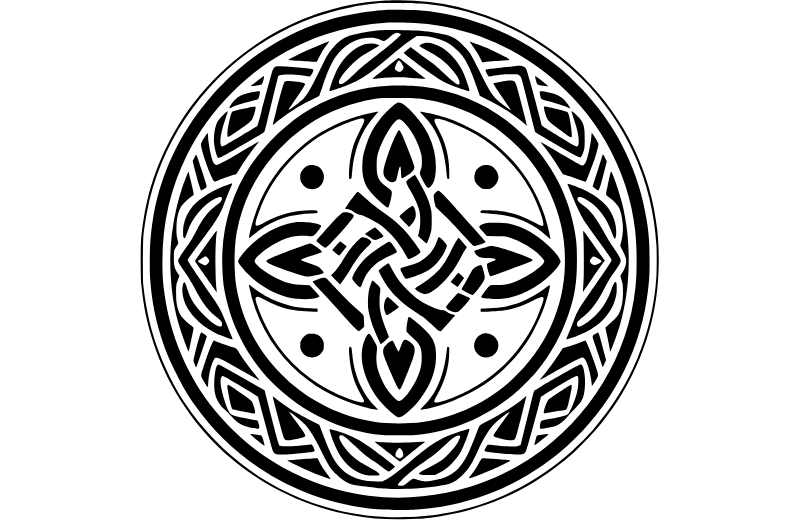
The Shield Knot is an ancient and powerful Celtic symbol of protection, often used to ward off evil and danger. Recognised by its interwoven, square-shaped pattern, it was traditionally placed around battlefields, homes, and even infants’ cradles to provide spiritual safety.
As a Celtic protection knot, it symbolises security, strength, and safeguarding from harm. Its unbroken, looping design represents the continuity of protection; perfect for anyone seeking a Celtic sign for protection or spiritual fortification.
12. The Tree of Life: Connection Between Worlds
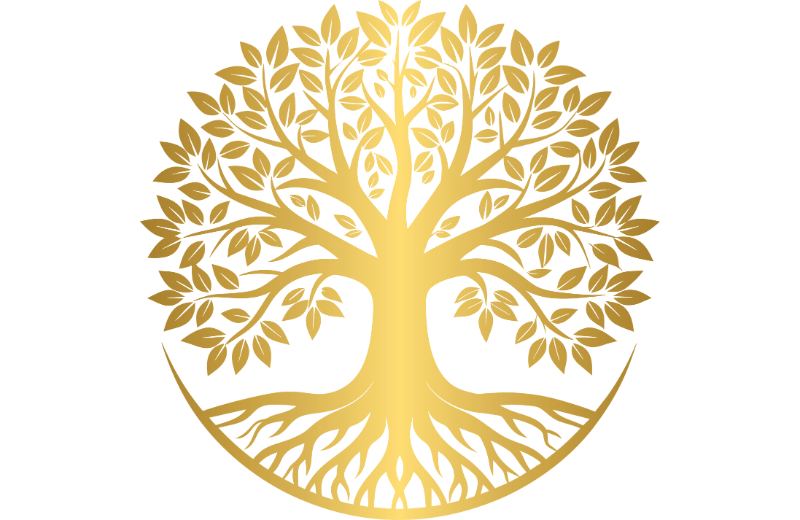
Known in Celtic as Crann Bethadh, the Tree of Life is a symbol of harmony between the upper and lower worlds. Its roots delve deep into the earth while its branches stretch to the sky, connecting heaven, earth, and the underworld.
This ancient design embodies balance, strength, and spiritual connectivity, making it a popular motif. It is also a Celtic symbol for family, as it reflects generational continuity and our place within the greater web of life.
13. The Stag: Messenger of the Otherworld

In Druidic symbols and meanings, the stag is a noble and mystical animal often associated with the forest, intuition, and the divine. Considered a Celtic symbol of strength, it represents leadership, pride, and spiritual guidance.
Stags were thought to be messengers between the physical and spirit worlds. Their presence in myth and art reflects courage, independence, and connection to nature, making them a meaningful symbol for those walking a path of personal discovery.
14. The Boar: Symbol of Bravery and Protection
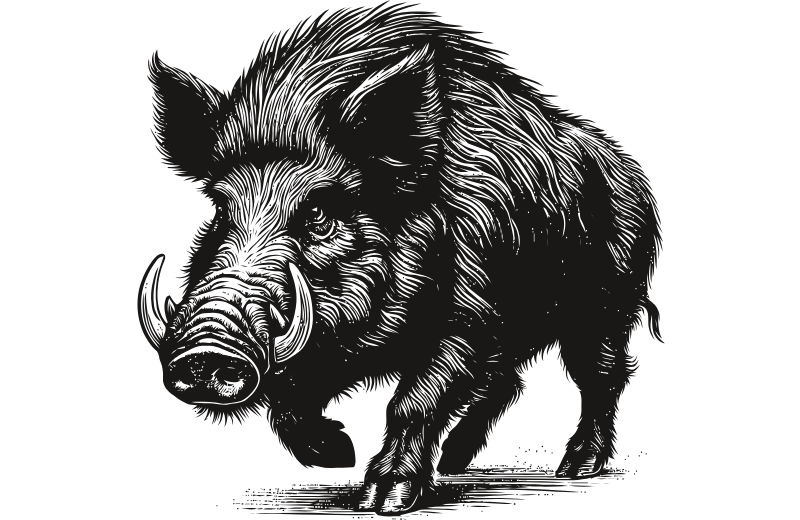
The boar is another significant animal in Celtic and Druid symbolism, especially tied to warrior culture. Known for its fearlessness and strength, the boar represented protection, courage, and honour in battle.
In Celtic tattoos, the boar is often used to channel inner strength and a protective presence. It’s also tied to themes of fertility and abundance, linking it to the sacred cycles of life celebrated in Druidism.
15. The Salmon: Wisdom and Knowledge
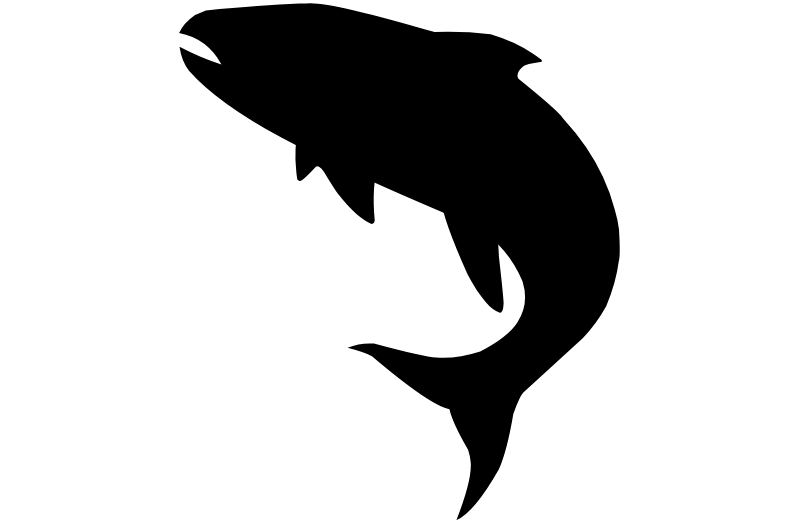
The salmon holds a central place in Celtic mythology, especially in Irish legend. The Salmon of Knowledge was said to have all the wisdom of the world, and those who ate from it would gain deep insight.
As a symbol, it represents intuition, memory, and the flow of knowledge, making it an ideal emblem for learners and spiritual seekers. It’s one of the lesser-known yet meaningful Celtic signs, with strong ties to storytelling and lore.
16. The Horse: Sovereignty and Power
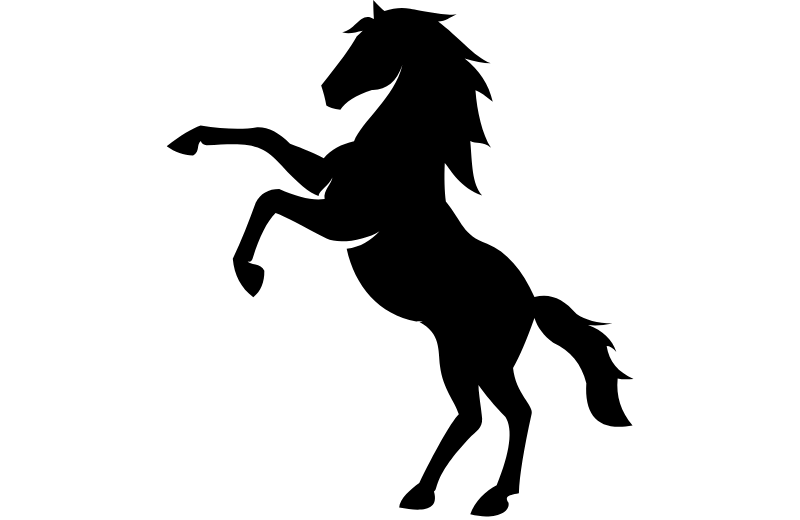
In Celtic and Druid tradition, the horse is connected with sovereignty, movement, and divine feminine energy. Revered in festivals and often associated with goddesses like Epona, the horse embodies strength, freedom, and fertility.
As a Celtic strength symbol, it highlights power paired with grace. The horse was thought to guide souls between worlds, giving it a dual symbolism of vitality and spiritual passage.
17. The Swan: Beauty, Love, and Transformation
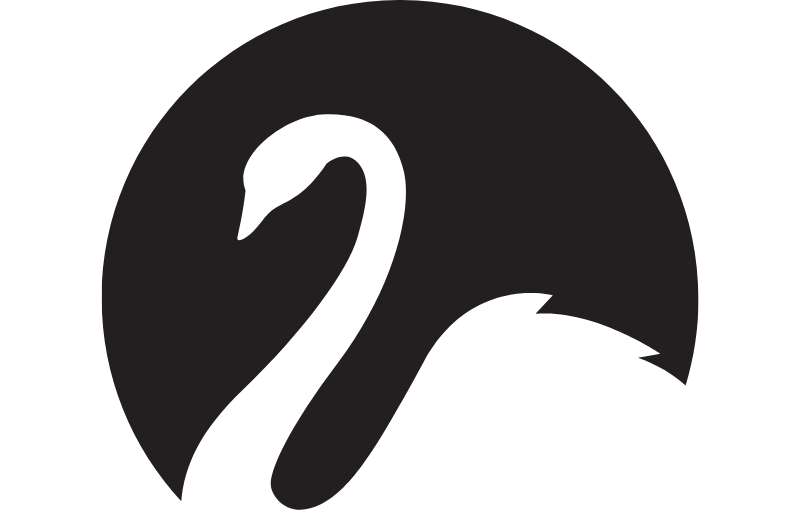
Swans are found throughout Celtic stories as symbols of love, purity, and change. Linked to the soul and the Otherworld, they appear in myths such as the Children of Lir, where they represent both suffering and transcendence.
Because of their strong associations with loyalty and enduring bonds, swans are sometimes chosen as a Celtic symbol for love. They also symbolise personal transformation and emotional depth, making them popular in Celtic imagery and meanings.
18. The Raven: Prophecy and Mystery
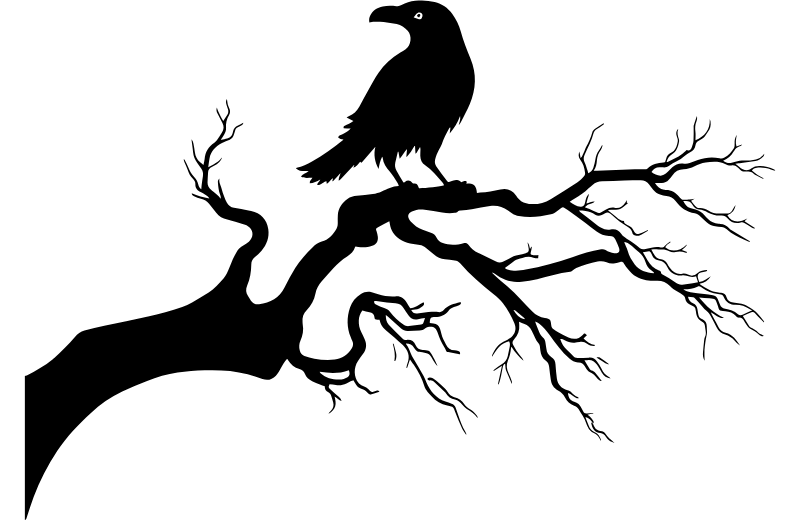
In Druidic symbolism, the raven is associated with prophecy, magic, and messages from the spirit realm. Though sometimes misunderstood as an omen of death, in Celtic belief, the raven was a powerful guide and protector.
It’s one of the more mysterious druidism symbols, reflecting inner wisdom, change, and the ability to navigate darkness. In both myth and modern spiritual practice, ravens are respected as keepers of secrets and ancient truths.
19. The Goose: Celtic Bird of Good Luck and Loyalty
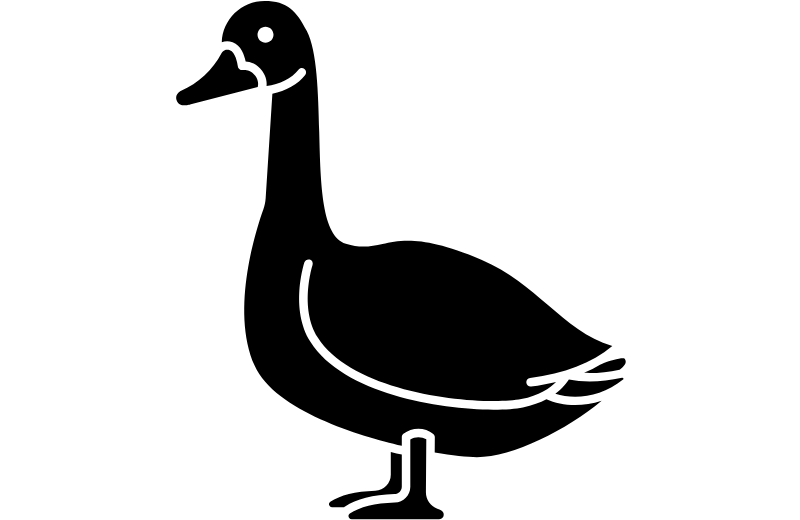
The goose is often referred to as the Celtic bird of good luck. In Celtic culture, the goose symbolises loyalty, travel, and return. Because of their strong migratory instincts, they were associated with homecoming and destiny.
In Celtic emblems, geese also represent maternal protection and guidance. They are tied to family, fate, and the soul’s journey, making them a charming yet meaningful choice for those drawn to animal symbolism.
20. The Celtic Harp: Music, Emotion, and the Divine
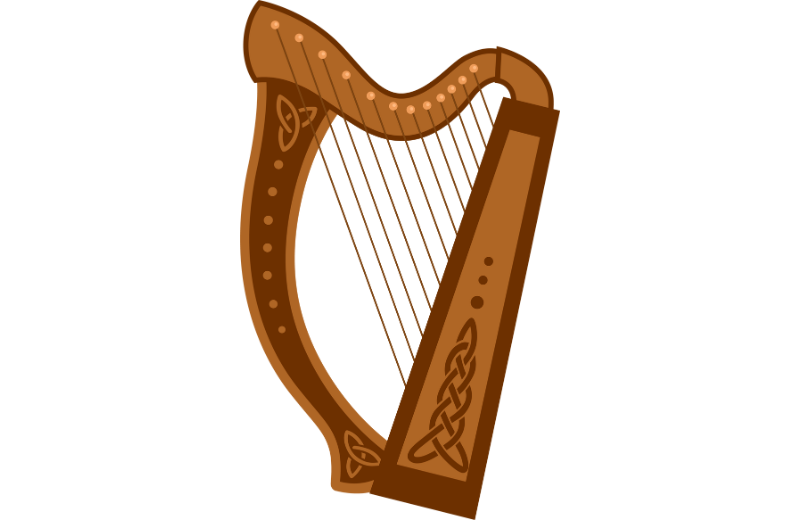
The Celtic harp is not only the national symbol of Ireland but also a spiritual emblem of music, healing, and emotional expression. In Celtic lore, bards and druids used music to move hearts, invoke memory, and even influence fate.
The harp connects the human soul to divine realms through sound, as it evokes creativity, sacred harmony, and the power of storytelling. It’s especially revered in Irish Celtic symbols and continues to inspire modern musicians, poets, and healers.
Study Celtic Mythology for £29
Centre of Excellence offers an in-depth Celtic Mythology Diploma Course, perfect for anyone fascinated by these ancient tales and symbols. For a limited time, you can get the course for just £29 by following the link below!


